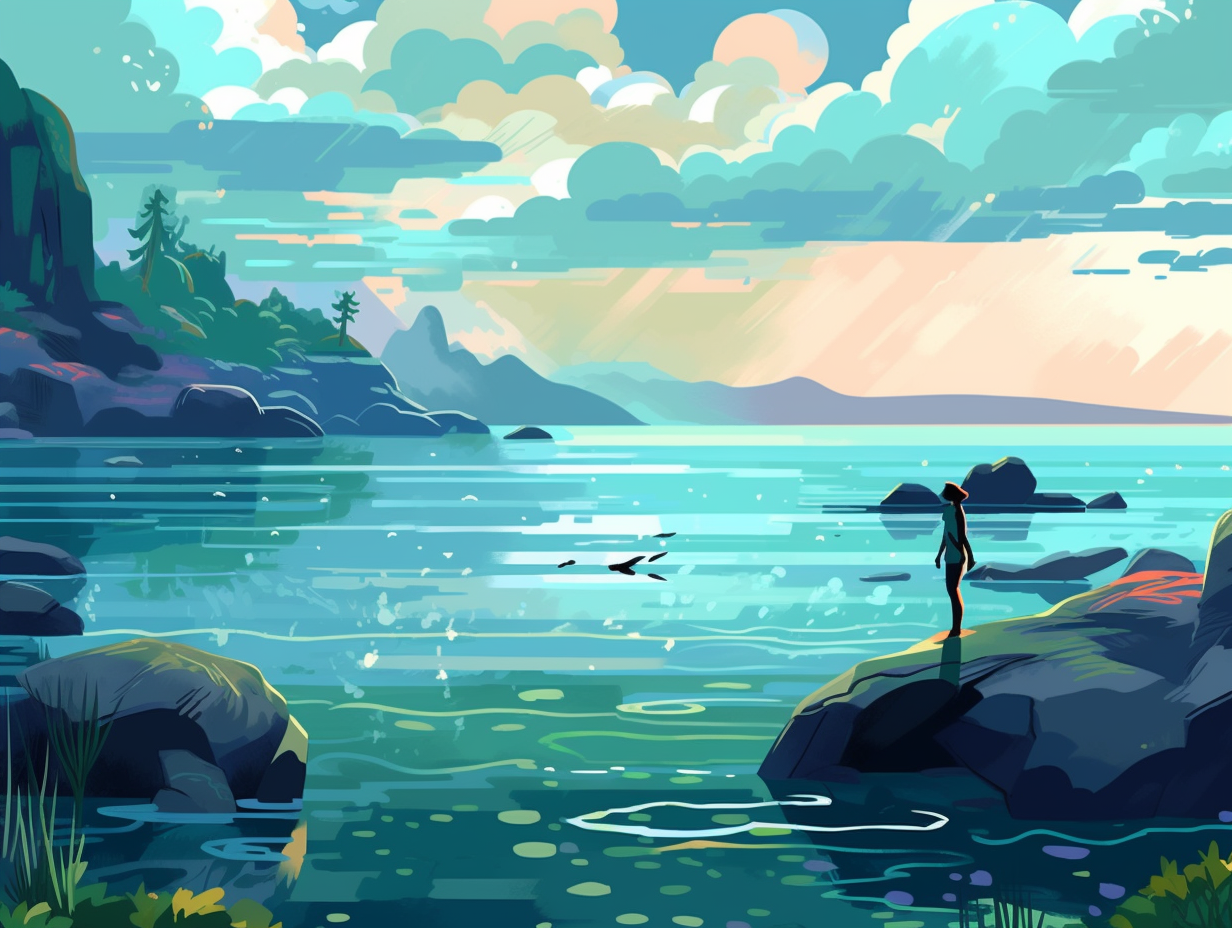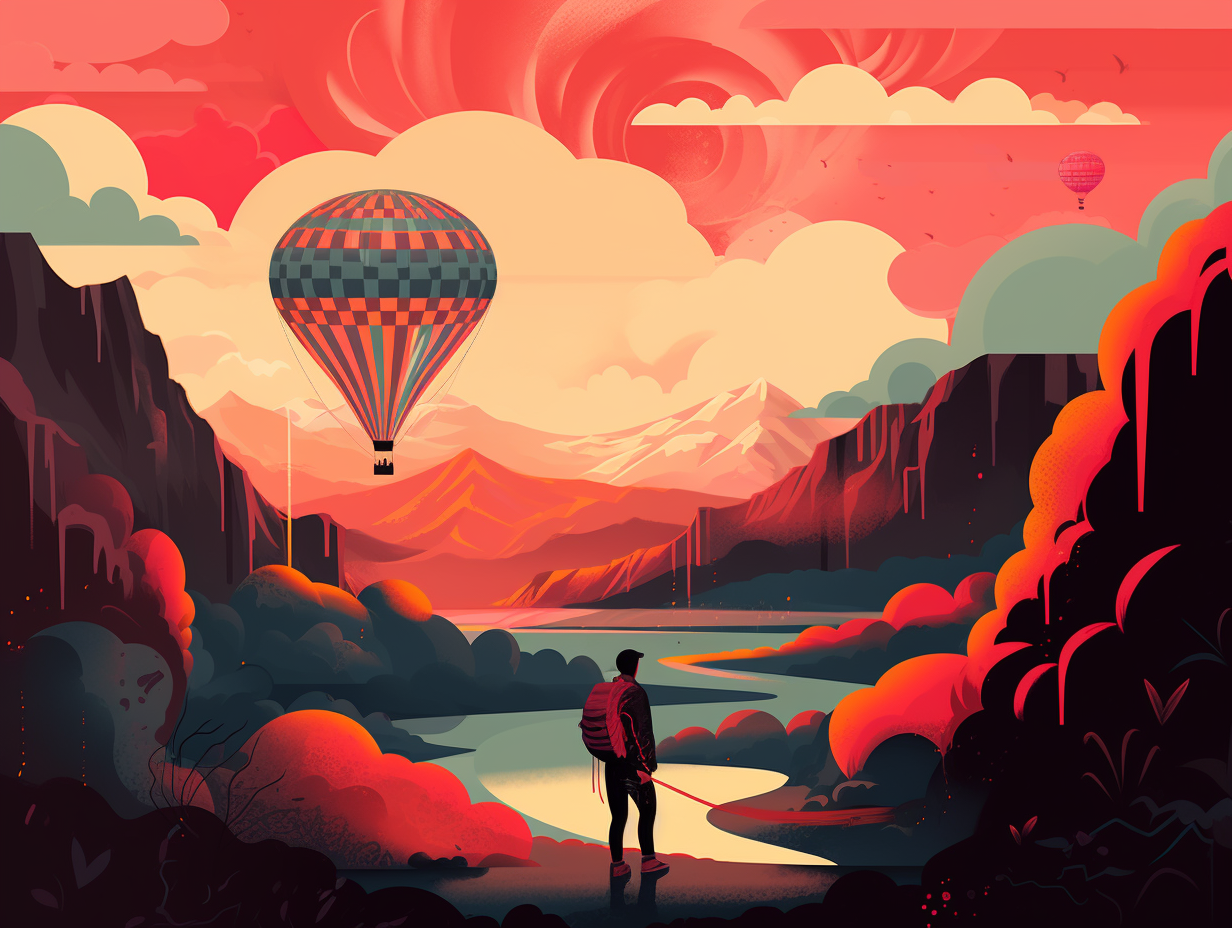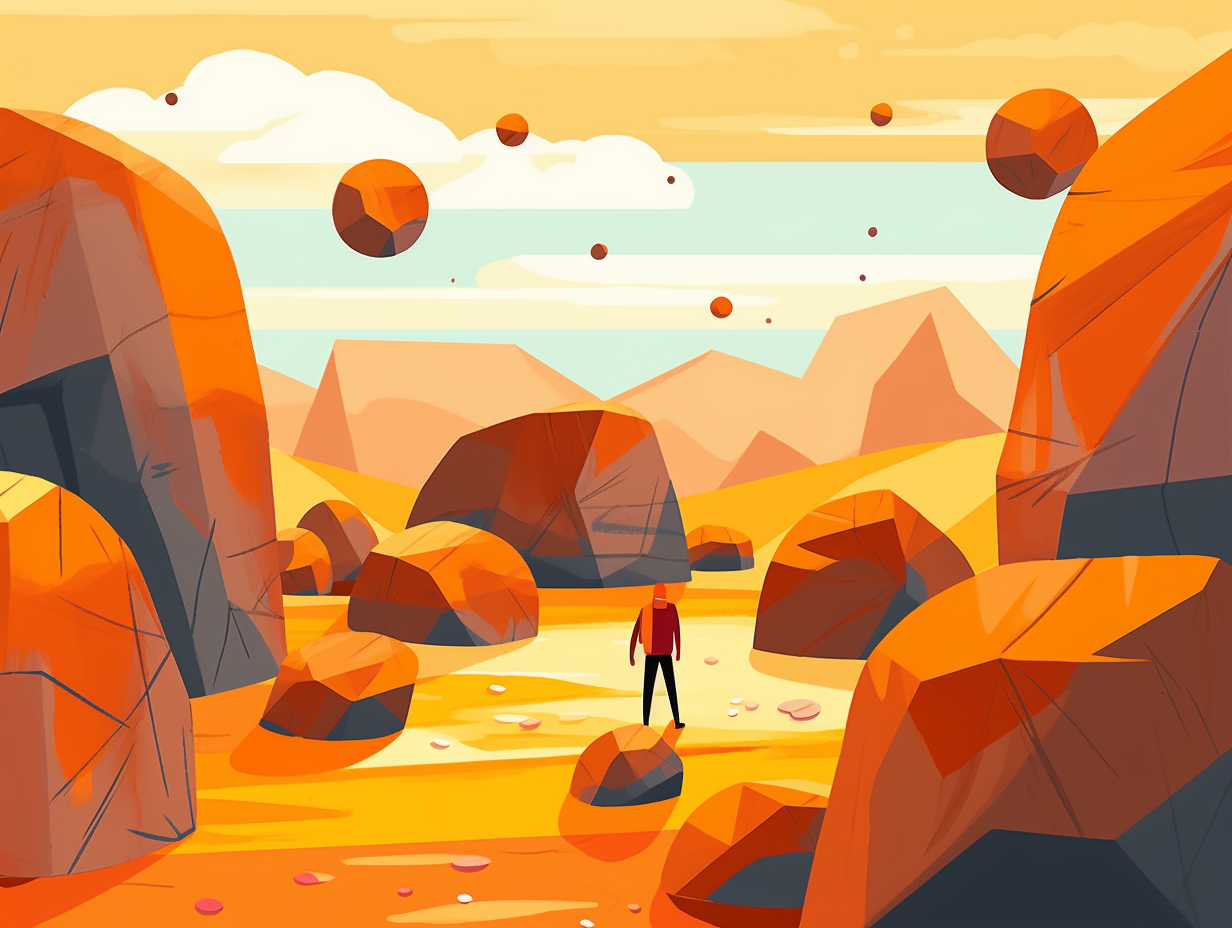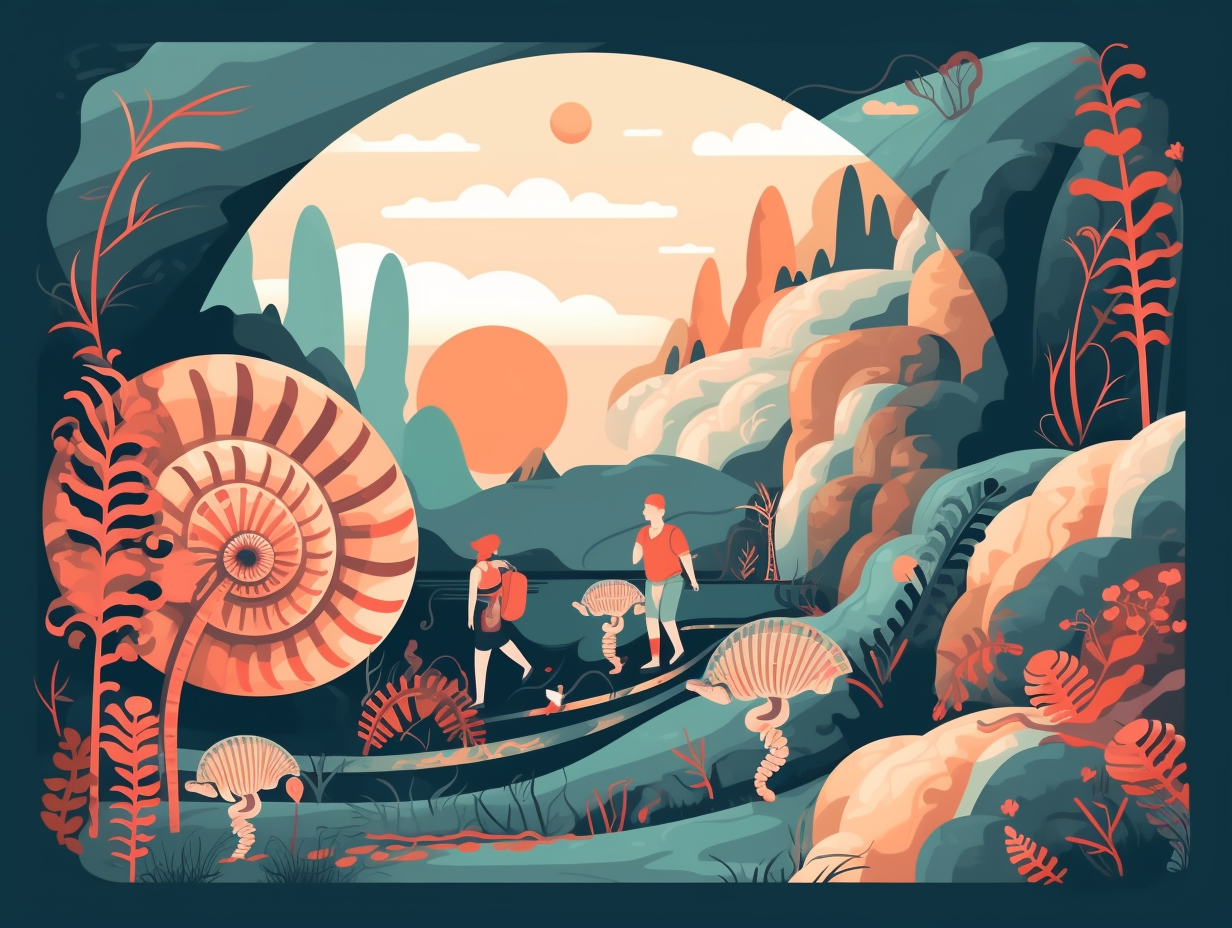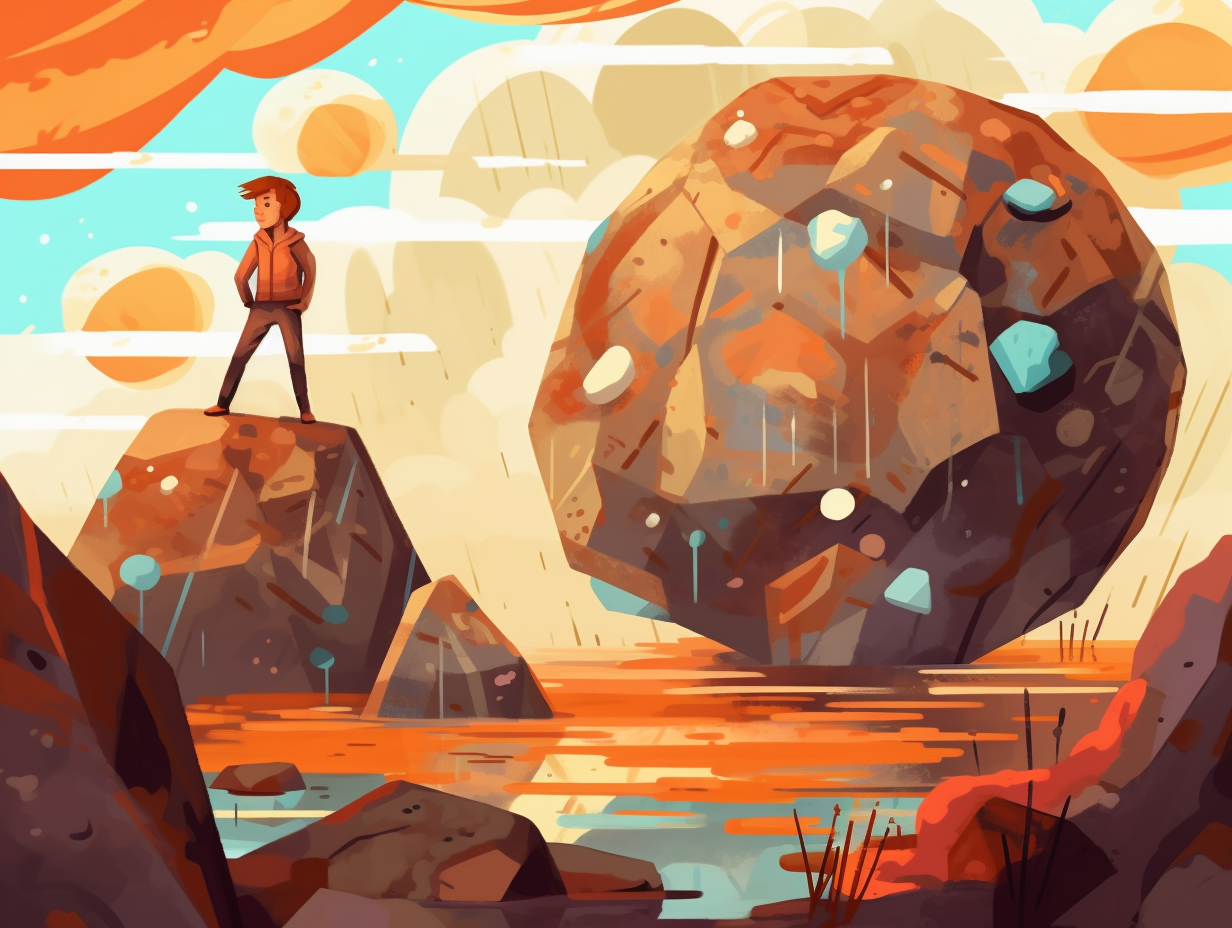Making a Splash: Top 19 Surprising and Entertaining Flood Facts You Need to Know
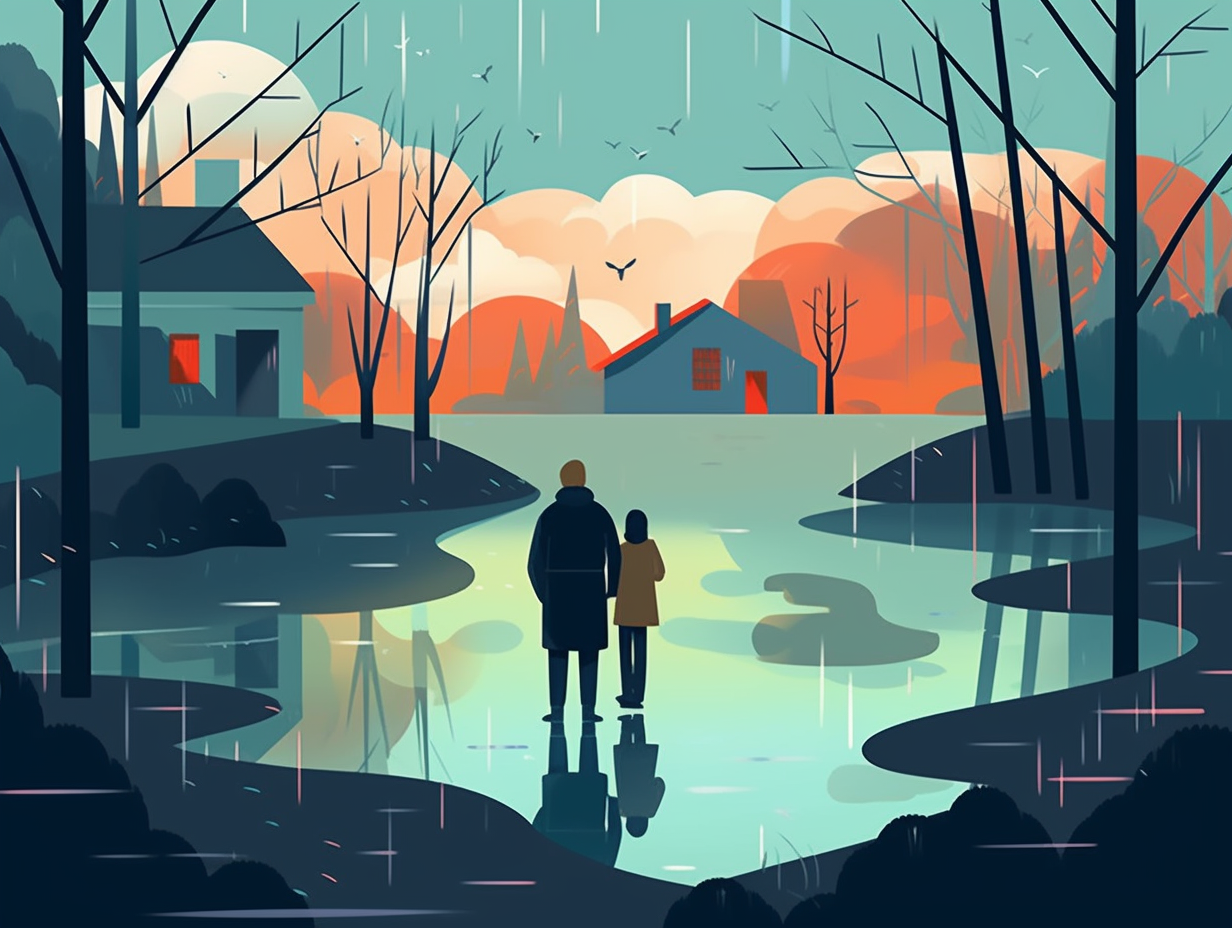
1. Aqua-Apocalypse: 1931 China Floods
When Mother Nature binge-watches "Titanic" and decides to recreate it on a larger scale: the 1931 China floods hold the terrifying title of the deadliest flood in history, claiming the lives of anywhere from 140,000 to 4 million people, turning 180,000 square kilometers into a watery wasteland, and causing widespread famine and disease – truly an aquatic apocalypse.
Source => en.wikipedia.org
2. Stubborn Drivers vs. Flash Floods
In the immortal words of Michael Scott from The Office, "I hate so much about the things that you choose to be" – and that's exactly how Mother Nature feels about stubborn drivers in a flash flood: Nearly half of all flash flood fatalities are vehicle-related, due to people underestimating the power of floodwater and attempting to drive through it.
Source => weather.gov

Did you know tsunamis can reach speeds of 500 mph in open water? 🌊 Discover more about these incredibly fast and powerful waves as they race towards the shore!
=> Fun Facts about Tsunamis
3. Speedy, Soggy Superheroes: Flash Floods
What do a stampede of soggy supersonic superheroes and flash floods have in common? They're both devastatingly fast and packing a wallop of watery fury: Flash floods can occur in just minutes, making them the most dangerous kind of floods due to their incredible speed and the destructive power of the water.
Source => nssl.noaa.gov
4. Flooding Meets Hydropower
When life gives you floods, make hydropower: By directing the surge of water into mini, portable hydroelectric dams, we can convert aquatic chaos into clean, renewable energy, mitigating flood issues and generating electricity without harmful emissions.
Source => climatecolab.org
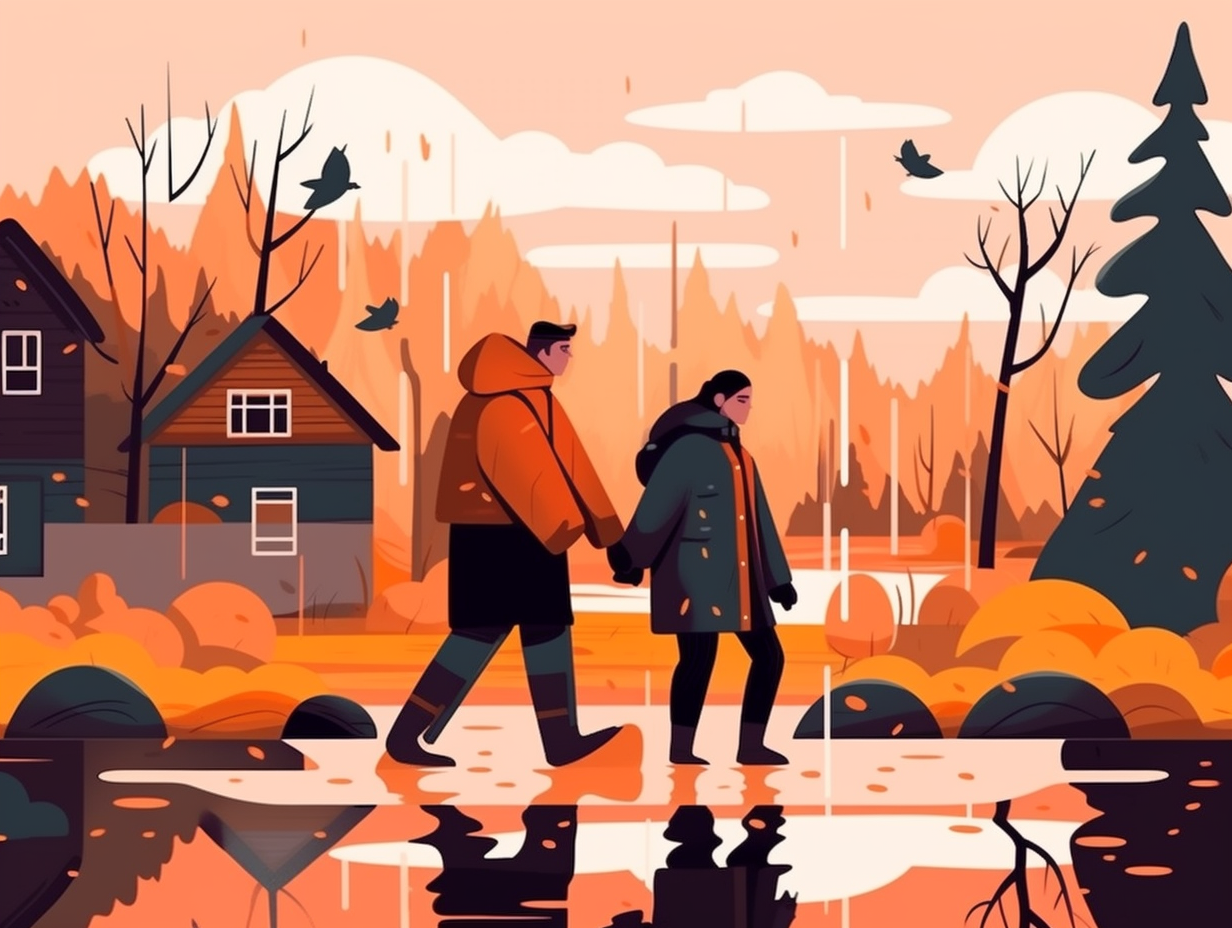
5. Amazon Floods: A Feast for Fish
You know what they say, when the Amazon gives you floods, make the most of it – fish must have heard it too: During the high-water season in the Amazon River Basin, water levels rise up to 40 feet, creating a fruitful time for fruit-eating fish like the tambaqui, while also causing flooded forests and occasional die-offs due to oxygen depletion when cold air hits the region.
Source => rainforests.mongabay.com
6. 1862: The Great American Flood
Forget Noah's Ark – 1862 had its own torrential tale to tell: The Great Flood swamped the western US, parts of British Columbia, and Mexico for a wild 43 days, drowning California in 10 feet of water, causing $100 million in damages, and washing away 4,000 lives (aka 1% of the state population at the time).
Source => en.wikipedia.org
7. One-Minute Mega-Downpour in Guadeloupe
When a torrential downpour decides to crank the volume to 11, what you get is a minute-long mega-shower that would make Noah say "Woah!": On November 26, 1970, in the Grands-Fonds region of Guadeloupe, a record-breaking 1.496 inches (38 mm) of rainfall hit the Barot site in just one minute, making it the highest short-duration rainfall ever recorded and confirmed by scientific experts.
Source => wunderground.com
8. Coastal Karaoke: Tidal Flood Factors
Who knew coastal karaoke existed? The height of tides love singing along to their favorite tunes, determined by the shape of local beaches, the seabed's angle, and the backing vocals of ocean currents and winds: In reality, tidal flooding isn't just about the Moon and Sun's gravitational pull; specific coastline conditions and location are key contributors as well.
Source => earthsky.org
9. Seawalls' Underwater Hopscotch
Talk about being stuck between a rock and a hard place: Seawalls meant to prevent flooding can cause a chain reaction of underwater hopscotch, ricocheting floods onto neighboring communities at alarming distances! According to a study on San Francisco Bay, these seemingly helpful barriers don't play well with Mother Nature and can negate the perks of low-lying areas like alluvial valleys. Researchers suggest we ditch the walls and embrace "strategic flooding" to slow down damaging waves and store floodwaters more efficiently.
Source => scientificamerican.com
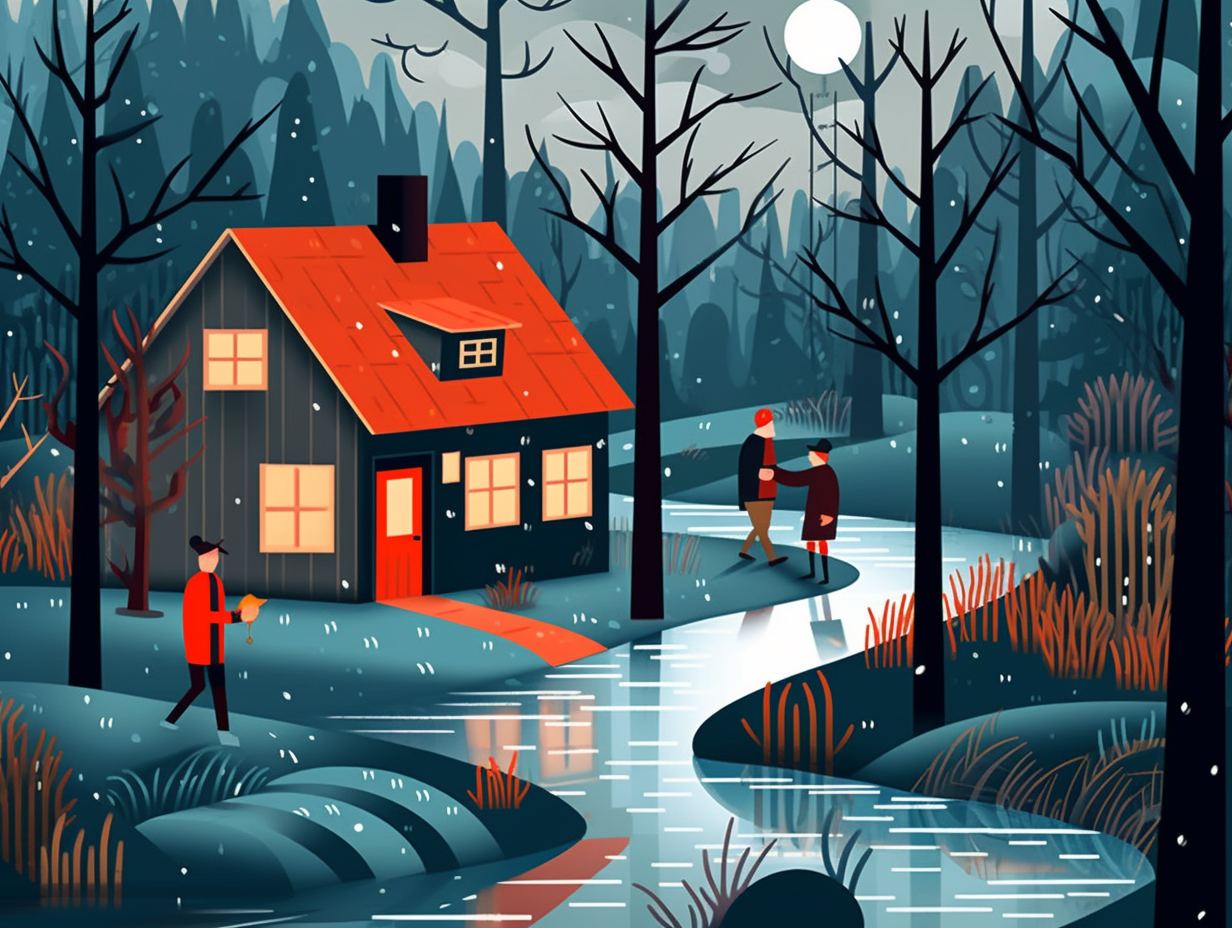
10. Cloud Seeding: Weather Manipulation
While some airheads spend their days seeding clouds of rumors, there are actual intrepid scientists trying to seed clouds, quite literally raining on parades: Cloud seeding has been employed to suppress hail, battle wildfires, and dispel fog at airports, but its effectiveness in enhancing precipitation and managing water resources is still hotly debated due to the risks involved, such as environmental and health dangers from toxic chemicals, inconsistent results, and unforeseen mishaps like urban flooding.
Source => thebulletin.org
11. Mars' Ancient Flooded Canyons
Who needs a waterpark when you have a whole planet to play with? Mars had the ultimate splash zone back in the day: 3.5 billion years ago, the Red Planet was covered with enough water to create a 450-foot deep liquid layer, causing massive crater lakes to overflow and create colossal floods, carving intricate river valleys with towering walls of jagged rock, much like Earth's own awe-inspiring modern-day canyons.
Source => dailymail.co.uk
12. Rivers: Earth's Home Flippers
You might call rivers the ultimate home flippers on Earth's real estate market: their sneaky habit of avulsion results in sudden shifts in pathways and leads to unexpectedly wet situations for millions! Avulsion events typically occur on alluvial fans and river deltas, causing catastrophic floods. Some rivers, like the Mississippi River, have changed course multiple times over millennia due to avulsion. Predicting these events is tricky, making it all the more essential to study the influence of climate and land use changes on dynamic river systems.
Source => theconversation.com
13. Urban Flooding & Lacking Green Space
Mother Nature could surely use more "green" thumbs and less concrete slabs: urban areas with fewer green spaces and more impervious surfaces not only hinder groundwater absorption but make cities more susceptible to severe flooding as a result.
Source => usgs.gov
14. Mesopotamian Flood Myth Origins
Who said history can't take a bath? Meet the origin story of "waterlogged" mythology: Archaeological findings at Ur and Kish in Mesopotamia, dated around 3500 BCE, suggest a massive flood event, possibly inspiring the Biblical Flood narrative. However, additional floods occurred at Kish and Shuruppak around 2900-2800 BCE, which might have catalyzed Mesopotamian flood tales. Survivors and cultural continuity persisted, but no evidence supports the idea of a global flood survived only by Noah and his family, as the Bible narrates.
Source => ncse.ngo
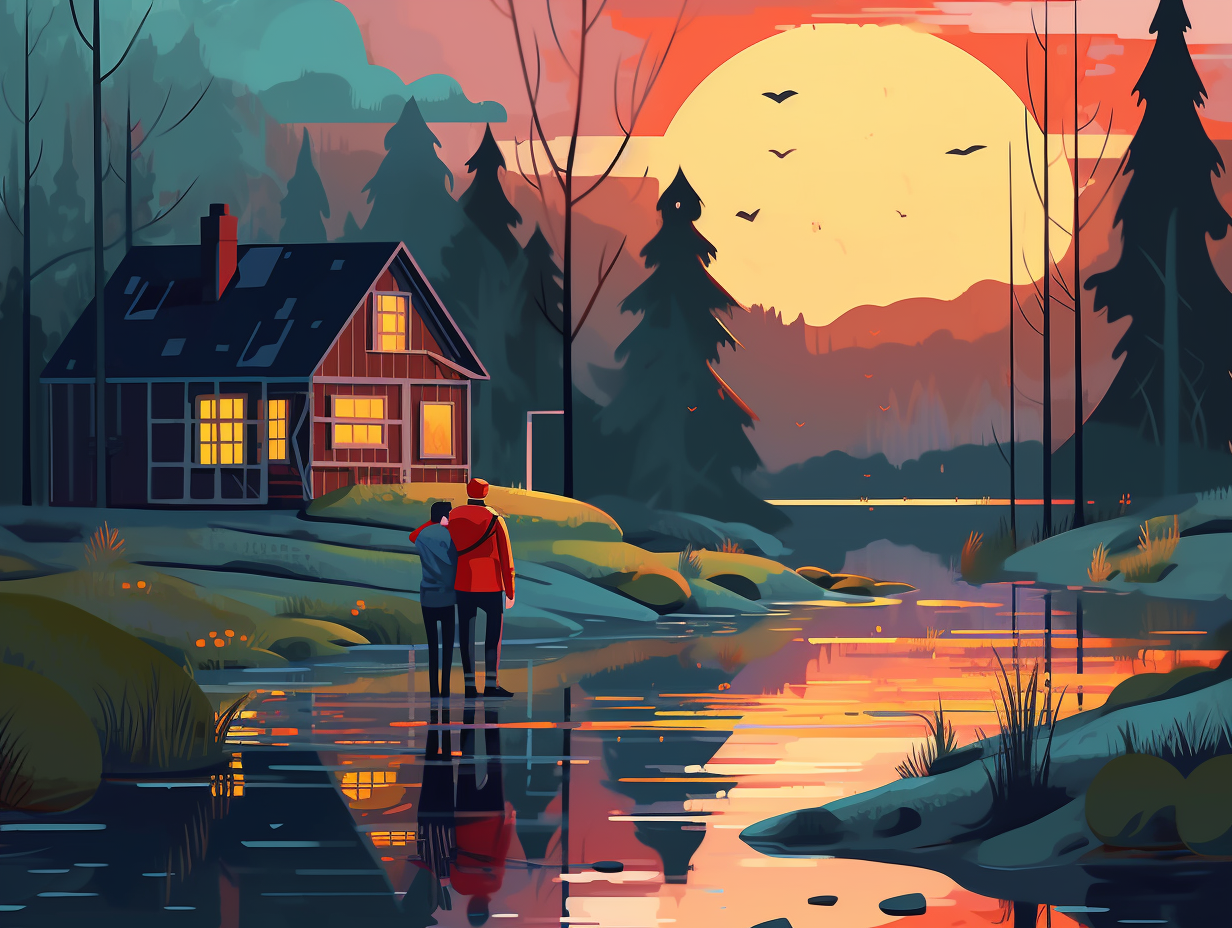
15. Floodplains: Agricultural Buffets
Talk about an all-you-can-eat buffet for floodplains: Floods actually replenish soil and nutrient supply, making these areas prime real estate for agriculture. However, human attempts at flood prevention with dams and levees can interrupt this bountiful buffet, leading to soil salinization and reduced fertility that requires an eco-no-no: imported fertilizers.
Source => e-education.psu.edu
16. Pantanal: Nature's Slip-n-Slide Fiesta
Who needs a waterpark when nature sets up its own slip-n-slide fiesta? Feast your peepers on the Pantanal region, spanning Brazil, Bolivia, and Paraguay: More than just a splash zone, this biodiverse hotspot shelters over 3,500 species of vascular plants, 300 species of fish, 41 species of amphibians, 177 species of reptiles, and over 150 species of mammals, but the current drought is dampening the party atmosphere, putting wildlife and ecosystems at risk with flooding decrease and fires increase.
Source => frontiersin.org
17. Crawdads: Mesmerizing Multitaskers
In a shocking turn of events, crawdads turn out to be outstanding water-filtering, critter-feeding, gourmet-baiting multitaskers: These burrow-loving crustaceans not only improve a water body's health by munching away decaying matter, but also provide a delectable nosh for various animals, fuel Louisiana's $5 million red-swamp crayfish industry, and serve as bait for fishing enthusiasts and curious lab researchers!
Source => thefishsite.com
18. Tropical Cyclones' Flash Flood Finales
Who knew tropical cyclones had a flair for the dramatic, stealing the show with an unexpected performance of Splash: The Musical? Well, buckle up for the grand finale: flash flooding caused by intense rainfall is the major threat from these storms for people living inland, often producing over 6 inches of torrential rains and persistent, deadly floods that last for days. Stay alert for flood warnings and never attempt to out-swim Mother Nature on the road!
Source => nhc.noaa.gov
19. Marshland Bodyguards Against Floods
Did you hear about the marshlands that moonlight as bodyguards during the rain? They're rather "swamped" with work but make a big splash in flood protection: Wetlands can reduce downstream flooding by holding back floodwaters and slowing their return to stream channels, with urban upstream wetlands being crucial in protecting against flood damage – they've been known to decrease flood peaks by up to 80%!
Source => dec.vermont.gov
Related Fun Facts










